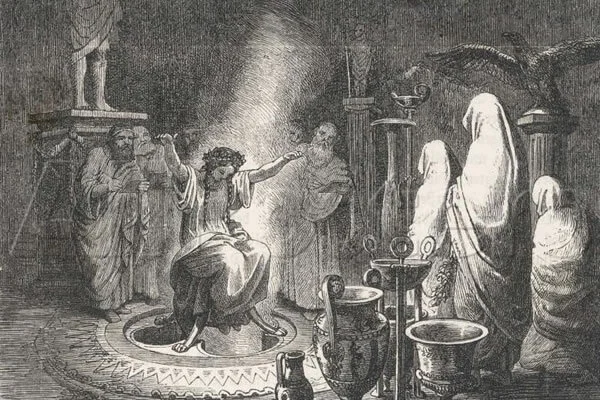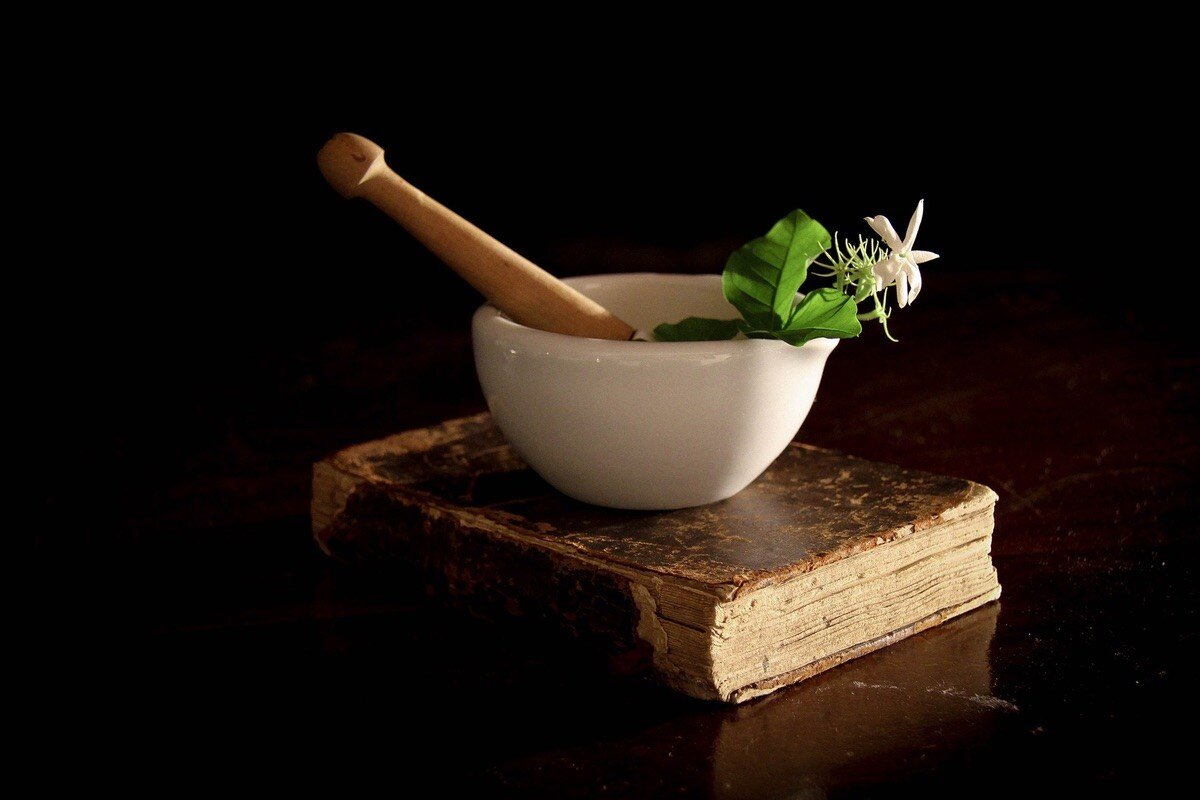The Herbal Column
Modern Musings on Ancient Greek Herbalism
From the Herbarium: Was it True? Exploring the Magical Uses of Bay Laurel and Mandrake in Antiquity
For much of human history, medicine has been based on traditional folk practices and natural remedies. Exploring both tradition and science, however, can provide a greater framework for understanding the history of herbalism and modern medicine. Let’s explore how the herbs bay laurel (Laurus nobilis) and mandrake (Mandragora officinarum) were used in antiquity and the scientific research that either proves or denies these plants’ indicated effects. Were these ancient claims true?
From The Herbal Academy: Botany Beginnings - Who Was Theophrastus?
Excerpt from The Herbal Academy: “Approximately 2,300 years ago, a time which we can somewhat imagine through the marble monuments still standing and the relatively few parchments that have survived, a person named Theophrastus (c. 370 BCE – c. 287 BCE) reportedly wrote 227 books about animals, trees, shrubs, fruits, and flowers. Although he wasn’t the only scientific writer at the time, nor the first to study plants, he would become known as the “father of botany” because his descriptive writings, specifically his surviving book, Enquiry into Plants (Historia Plantarum), helped create a new frontier in scientific botanical terminology.”
From The Herbal Academy: The Four Humours of Ancient Greek Medicine
Excerpt from The Herbal Academy: “Herbalism is an ancient practice with thousands of years of historical applications. Today, the well-recognized ancient traditions of Ayurveda and Traditional Chinese Medicine remain instrumental as effective herbal practices. Equally important is understanding and recognizing the contributions of ancient Greek herbalism, namely the four humours. Although these concepts are no longer mainstream theories, they continue to provide an underlying foundation to modern medical and herbal practices.”
A story for every image
Visit The Greek Herbalist on Instagram to learn more about ancient herbs, herbalists, and practices.























